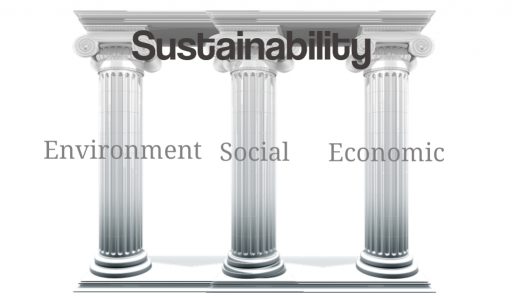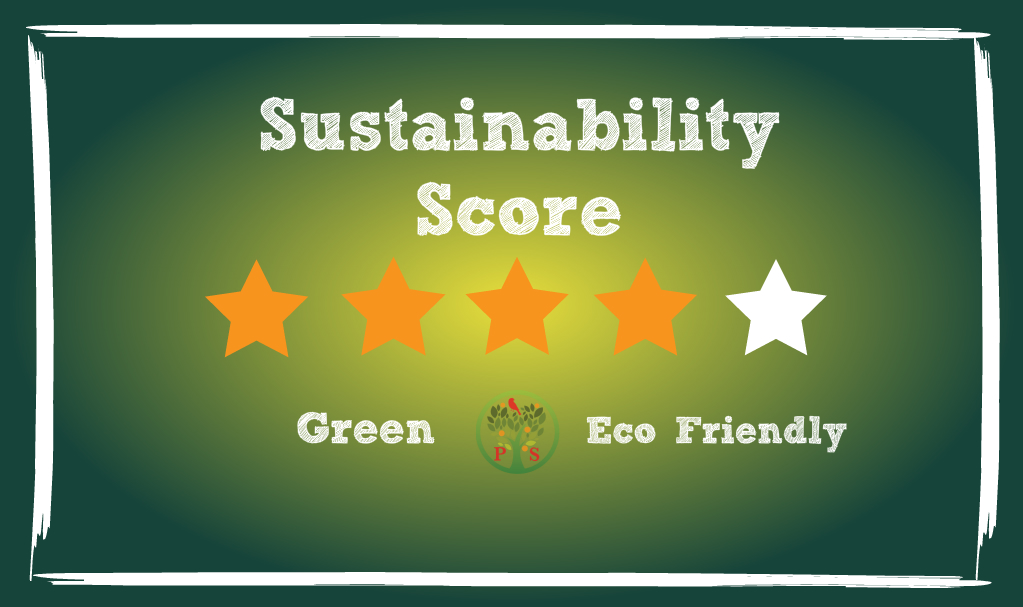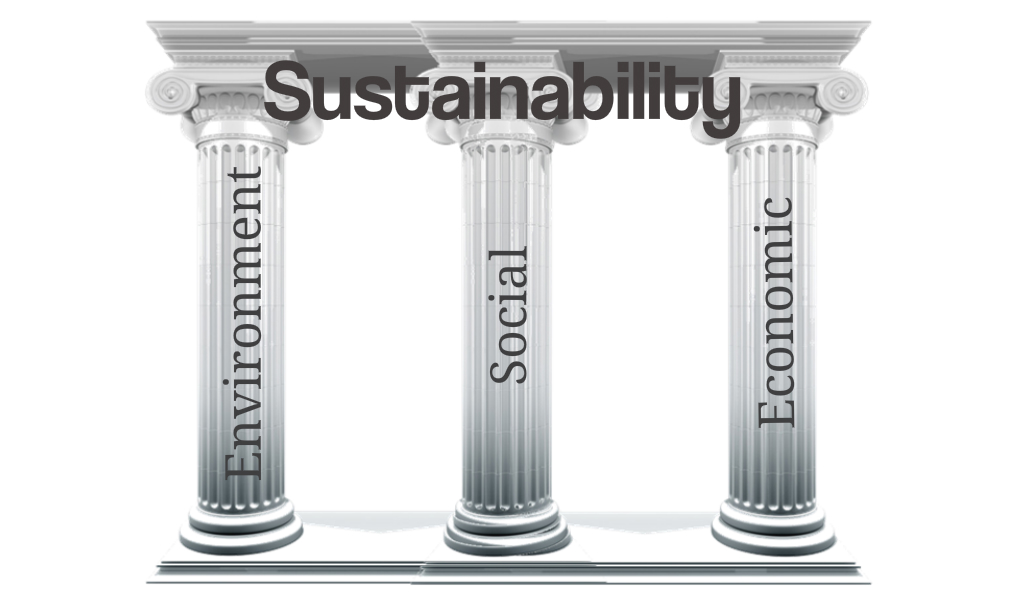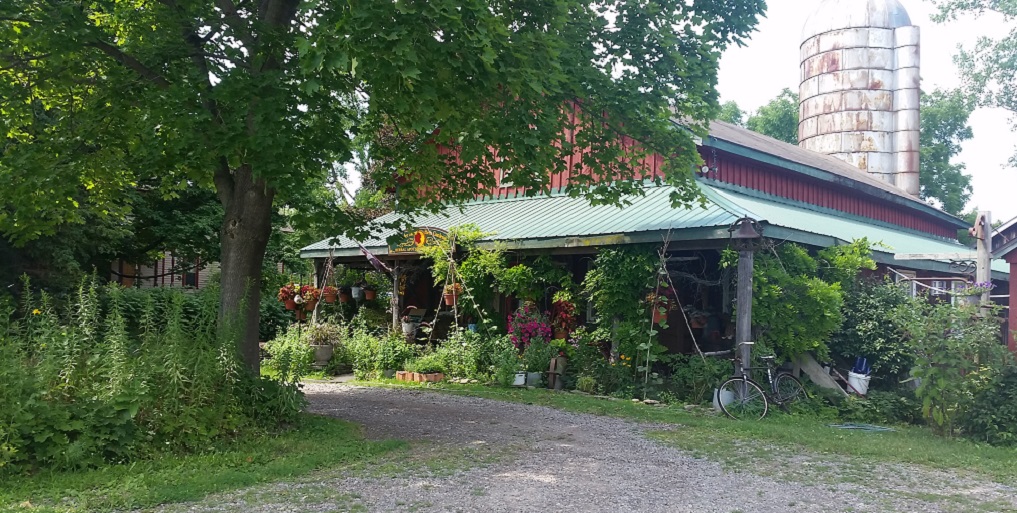What is Sustainability?
Let’s talk about the “S” word. We hear it a lot these days, with terms like “sustainable living” and “sustainable fashion”. But what is environmental sustainability and why is it important? We take a look at how the concept of sustainability can inform and inspire our everyday living so that we can address environmental concerns and work towards a greener, more positive future.
What is Environmental Sustainability?
Let’s start by breaking it down into two separate words, environmental and sustainability. The environmental part is straightforward, we’ll define it as “relating to the environment”, but what about sustainability? A commonly held definition is “the quality of being maintained or continued over a long period”.
Bringing the words together, we can then define environmental sustainability as “using the environment’s resources in a way that can be maintained indefinitely”.
Put simply, environmental sustainability means living on the planet as if we intend to stay. It means living in a way that meets all of our needs without degrading the environment and without compromising the ability of future generations to meet their needs. This includes choosing sustainable materials, organic and green products and minimizing waste.
Our current way of living is far from sustainable. In fact, it’s estimated that if everyone on the planet lived like the average US citizen, we would need FOUR planet Earths to sustain them!
A number of unsustainable practices have contributed to our current state of environmental degradation. The cutting down of the world’s rain forests, the pollution of water sources and the use of chemicals and pesticides in agriculture, are all examples of unsustainable practices that negatively affect the ability of future generations to live on the planet.
Sustainability
A Better Planet
The ultimate goal of maintaining ecological balance and human needs so that the two can coexist indefinitely.
The Three Pillars Of Sustainability

Environmental Sustainability is only one part of the sustainability equation. As a concept, sustainability is widely defined as being made up of three pillars: environmental, social and economic.
- Environmental: The environmental pillar is concerned with protecting and respecting natural resources and biodiversity.
- Social: The social pillar is concerned with human rights, seeking social justice and overcoming poverty and inequality.
- Economic: The economic pillar is concerned with the creation of stable economies.
So a fuller definition of sustainability could be:
“Seeking to balance social, economic and environmental factors, to create a greener, fairer and healthier world”.
It is generally thought that although all three pillars are important, environmental sustainability is the most important of all. It is impossible to have a sustainable social or economic system if the environment is unable to host them.
What is Your Ecological Footprint?
Ecological footprint analysis compares human demand on nature with the planet’s ability to remain resilient, heal while continuing to provide services.
Since the 1970s humanity has been in ecological overshoot with annual demand on resources exceeding what Earth can regenerate each year. It’s currently estimated that the amount of ecological resources humans use is equal to about 1.75 Earths.
Why is Environmental Sustainability Important?
Clearly, if we want to ensure the future of humanity on this planet, we can’t continue to live beyond our ecological means. The over-exploitation of natural resources, burning of fossil fuels, large-scale deforestation and releasing of toxic chemicals into our environment have all contributed to the ecological crisis that we are facing.
So, sustainability, living within the means of our planet in a way that doesn’t degrade the environment, is key to our very survival.
But how do we there? How do we transition from living in ecological overshoot with a planet in need of regeneration, to living in a way that repairs the ecological damage and protects future resources?
Fundamentally, it starts with understanding that we are a part of nature. Our health and the health of the planet are inextricably linked. We depend on ecosystems for our survival, to grow our food and to provide raw materials for all sorts of things from building materials to clothing. We depend on plants, animals, fungi, and microorganisms to pollinate crops, prevent soil erosion and purify water.
We have to fully understand the importance of ecosystems to human welfare and think and act in a way that promotes conservation of resources and biodiversity.
Towards Environmental Sustainability
Learning How to Tread
More Lightly on the Planet
We all have a part to play in creating a greener, sustainable future for ourselves, for the multitude of plants and animals we coinhabit the planet with and for the generations to come. While governments and global organizations have key roles to play in developing global and national strategies, there is plenty we can do as individuals. In fact, individual actions are hugely important and when combined are a powerful force for change.
Sustainability Score
How sustainable is the product you want to buy? Here’s our scoring system.

Eco-Friendly Living
Everything that reduces our ecological footprint, helps us to tread more lightly on the planet. The everyday choices we make all have an impact. Some of the things we can do to move towards a more sustainable lifestyle include:

Clean Energy & Energy Efficiency
We can support companies who are investing in clean energy from renewable sources and ensure that our homes and workplaces are as energy-efficient as possible.

Managing our Waste
We can be conscious of how much waste we produce and how we dispose of it. We can reduce, re-use and recycle, saying no to unnecessary packaging and avoiding single-use plastics.
Avoiding Chemicals in our Homes & Gardens
Chemicals in cleaning products as well as in chemical fertilizers, pesticides and herbicides can harm the environment and our own health. They can enter and pollute our water and have a detrimental effect on wildlife. We can commit to using natural products and learn how to garden the organic way.

Have a look at our Eco-friendy Living section for more information and inspiration about how you can reduce your ecological footprint.
Conscious Consumerism for a Sustainable Future
To live sustainably, we need to be aware of the environmental impact of the things that we buy. This includes learning about what sustainable materials they are made from and how they are produced.
Choosing Eco-friendly, Green Products
As consumers, we have the power to vote with our wallet. We can choose to buy products that reflect our principles and in doing so make a statement about the type of world we want to create.
All product development has some impact on the surrounding environment but we can reduce this impact by choosing products that are more energy-efficient, free of polluting chemicals and toxins and made from sustainable materials, either recycled or from renewable and sustainable sources. Green products are also often biodegradable or easier to re-use and recycle.
There is an increasing number of products being marketed as “green” and “eco-friendly”. But how do we know if products really are eco-friendly and that companies aren’t just “green-washing” (pretending products are environmentally sound when they aren’t)? We’ve got it covered in this top green certifications story.
Sustainability Tips
Reduce & reuse
Track what you buy, choose to re-use products.
Smart moves
Those that live close to where they work and shop have found to lead happier lives. Make your next move transportation-friendly.
Invest in Nature
Our carbon footprint may not go to zero, but we can give nature a hand by contributing to conservation projects.
Minimize Plastics
Plastic waste doesn't go away and if found polluting our planet! Make effort to avoid single use containers and opt for resuable.
Reusable Energy
Whether it be energy efficient appliances, rechargeable batteries a hybrid car, use renewable energy when possible.
Natural Products
Choose product that you know are eco-friendly and good for you.
There's a lot to investigate & learn
it can seem like a daunting task to undertake
At Positively Sustainable we can help! We’ve done some of the legwork, gathering information together so that you can feel more confident in using your spending power to help change the world for the better.
Sustainable living can be part of everyone’s life. As more and more people make positive choices, we can create a movement that will have a big impact on the world around us.
Join us on our journey towards environmental sustainability!


